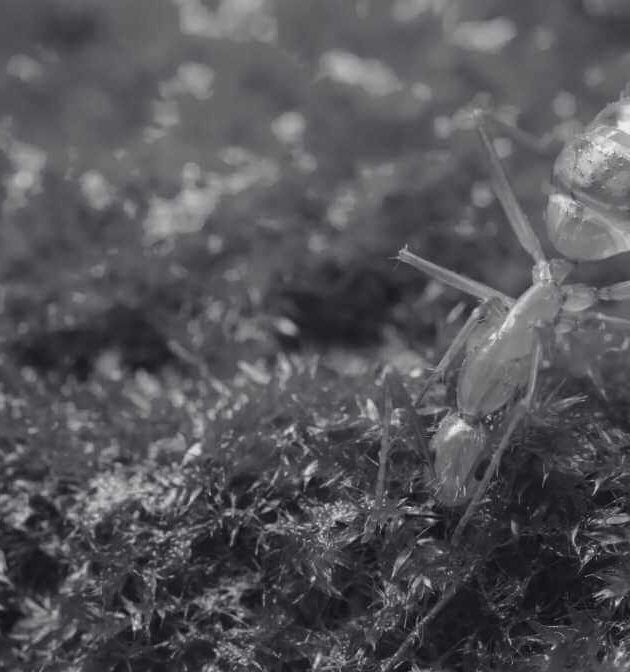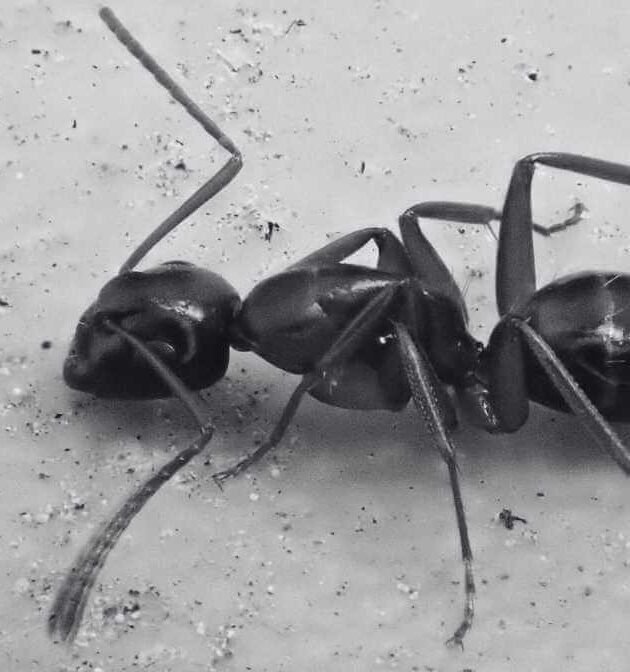
Dengue Mosquito Cases (Nyamuk Aedes) Increase by 65%
July 24, 2024
5 Reasons Honey Bee is Important to Our Ecosystem
August 1, 2024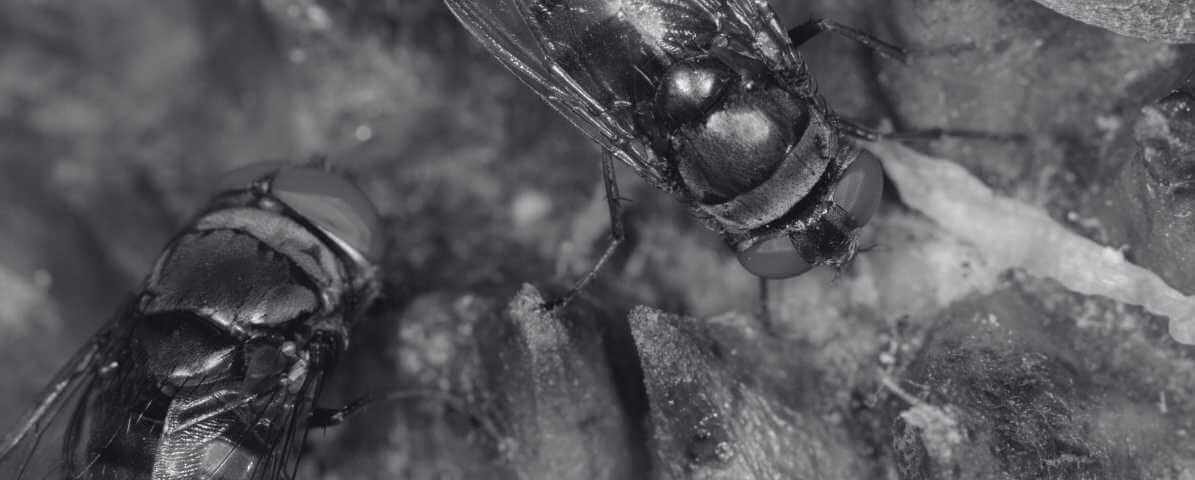
Flies Blog
Drain flies infestation are annoying, not only do they pose threat to public health. The diseases spread by flies can tarnish business reputation.
Fly Infestation are Cause by Various Unsanitary Upkeep
Diseases Spread by Drain Flies That You Need to Know
Drain flies, also called moth flies or filter flies are small, fuzzy insects commonly in kitchens, bathrooms and sewage systems. These pests breed rapidly and thrive in environments rich in organic material, especially in stagnant water and clogged drains. While often regarded as mere nuisances, they pose significant health risks because of their ability to transmit diseases. Understanding these risks and learning effective ways to rid of drain flies is crucial for maintaining a healthy environment.
We explore the biology of drain flies, their potential to spread diseases in residential and commercial business properties. And practical pest management strategies for Malaysian households.
What Are Drain Flies?
Understanding Drain Flies
Drain flies are small, grey or black insects with fuzzy wings, measuring about 2-5 mm in length. Scientifically classify as Psychodidae, often confuse with fruit flies but distinguish themselves by their hairy appearance and habitat preferences. These flies are commonly around floor drains, sewage treatment plants and any moist, organic-rich environments.
4 Stages of The Drain Fly Life Cycle
Life Cycle and Role of Drain Fly Larvae
Their life cycle begins with eggs laid by adult drain flies, typically in breeding sites such as standing water, stagnant water or sewage treatment. A female fly can lay hundreds of eggs, sometimes up to 200 over her lifetime. They quickly establish a large infestation if untreated. The eggs hatch into drain fly larvae resembling tiny worms with dark heads and actively feed on organic material.
These larvae thrive in organic material accumulated within drain pipes, sewer lines, and other moist areas. Containing food sources like decaying matter, grease and biofilms. The larvae stage lasts about 5 to 24 days, during which they grow and molt before pupating into adults. After a few days, new adult drain flies emerge to continue the cycle, often in large numbers.
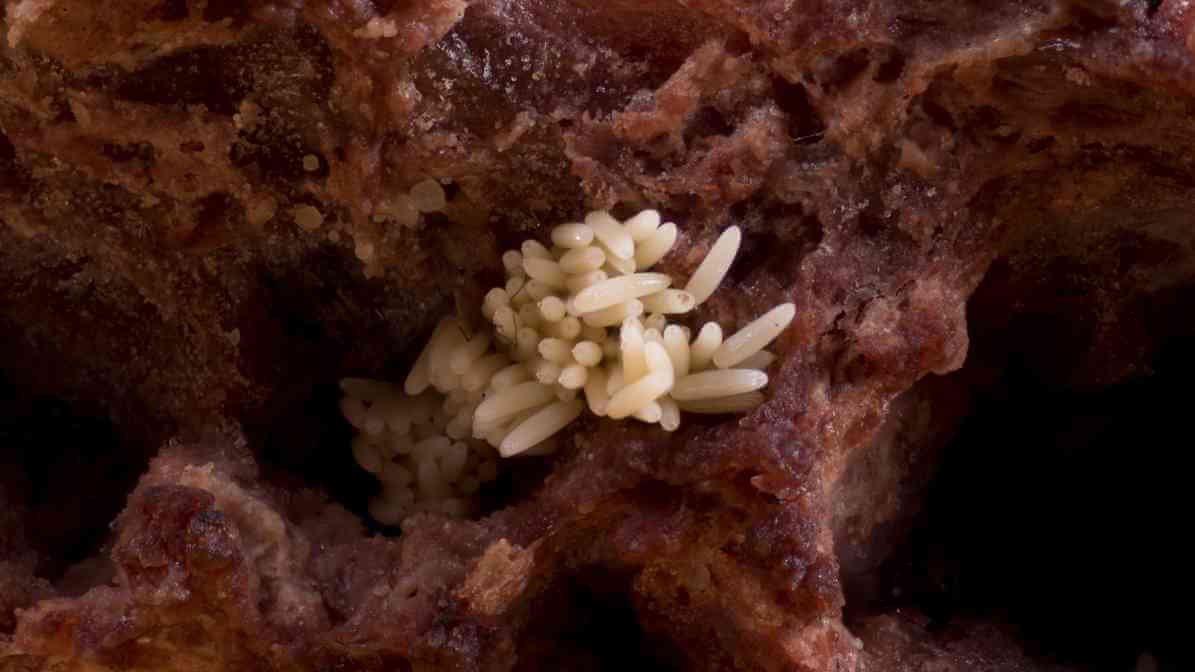
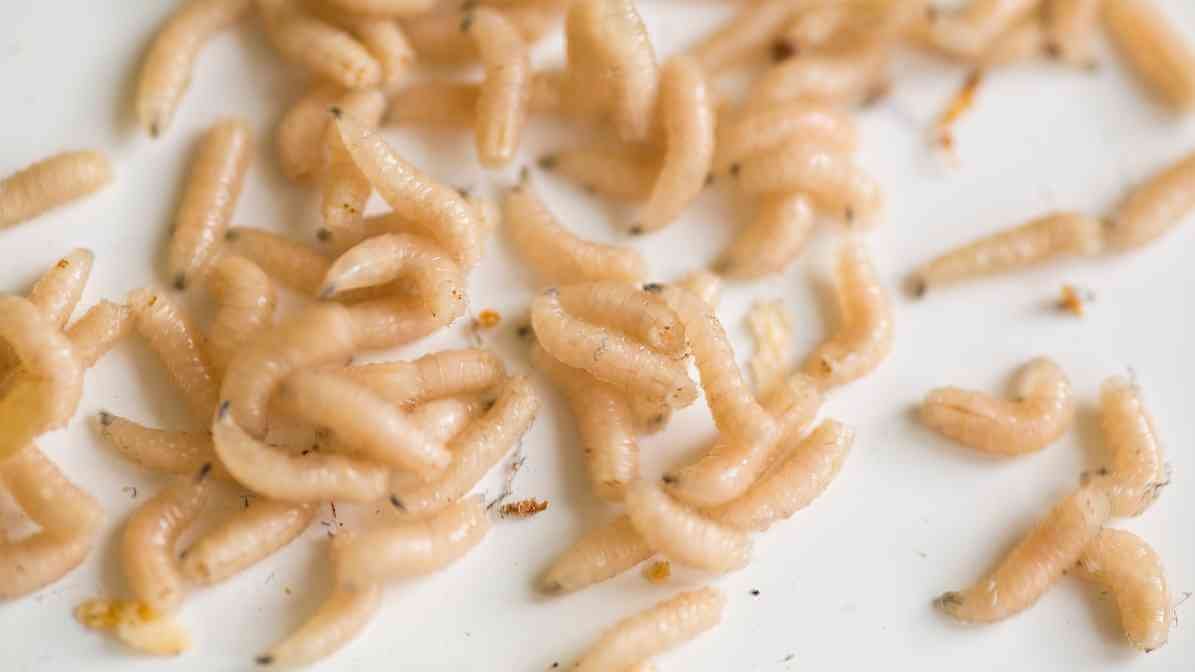

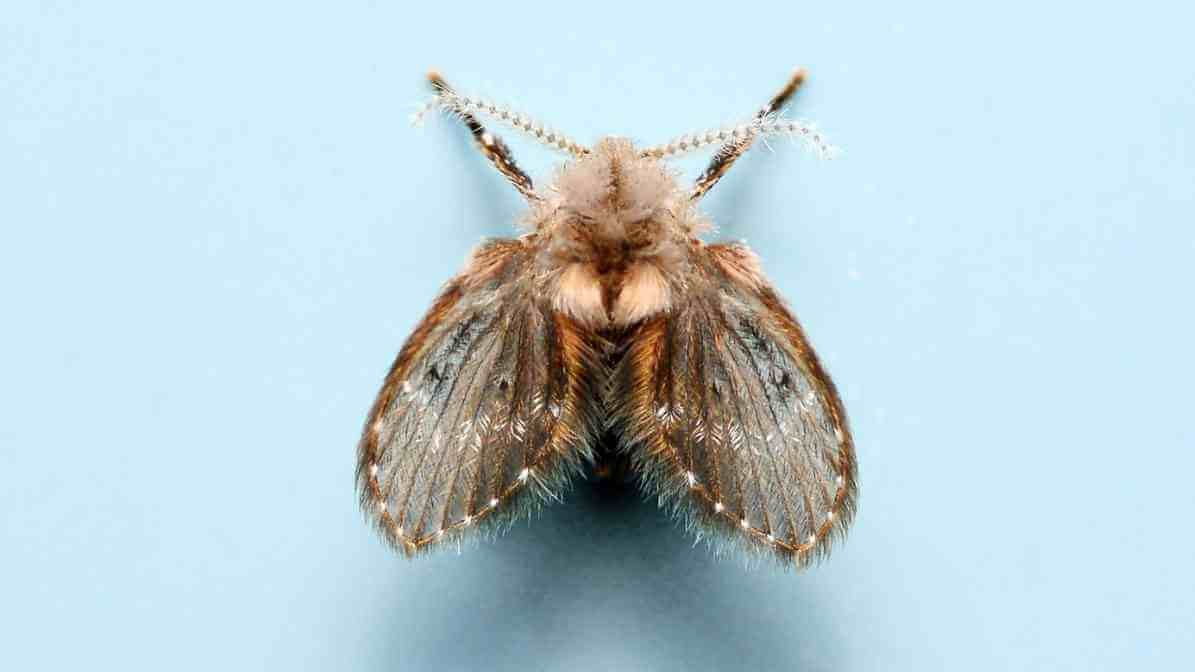
Eggs will hatch in 30 to 48 hours
Larva will take 15 to 24 days to turn into pupa
Pupa takes a day or 2 to turn into adult
Adult Drain Fly
The Connection Between Flies and Disease Transmission
Health Risks and Diseases Spread by Drain Flies
While they do not bite humans, they can lay eggs in dirty places. They often come into contact with food, which makes them possible carriers of diseases to people. As they crawl and fly across surfaces, they pick up pathogens from contaminated organic materials, sewage and stagnant water. The diseases spread by flies include a range of bacterial and parasitic infections that can severely impact public health.
Important to note that diseases are more common in areas with poor sanitation and unmanaged breeding sites. Notable among these are:
Gastrointestinal Infections
Flies can carry bacteria such as Salmonella, Shigella, Escherichia coli, and Vibrio cholerae. When they come into contact with food or utensils, they transfer pathogens leading to food poisoning and diarrhoea.
Typhoid and Paratyphoid Fever
Caused by Salmonella typhi, which can be harbour on and around sewage and breeding sites.
Cholera
Infected stagnant water and contaminated surfaces can harbour Vibrio cholerae with potential transmission by flies.
Other Parasitic Infections
Flies have been associated with helminth eggs and protozoan cysts, which can cause various illnesses.
Breeding Habits and Environment
Where Do Drain Flies Lay Their Eggs?
Drain flies lay their eggs in places with a lot of organic material. This includes floor drains, sinks, sewage areas, and pools of standing water. These breeding sites offer food sources, include decomposing organic matter, grease and biofilms. Biofilms are thin layers of bacteria and fungi that provide nourishment for drain fly larvae.
Rapid Flies Propagation and Disease Transmission
Favourite Food Sources and Organic Material
The larvae feed on organic material accumulated within drain pipes and moisture-rich areas. These include food sources like leftover food particles, soap scum, and grease, which they consume during their larval stage. Over time, this buildup creates a breeding site for large groups of drain flies.
In Malaysian homes and commercial spaces, standing water in stagnant water zones. Such as blocked pipes or poorly maintained drains, creates perfect habitats. These sites often go unnoticed but serve as critical breeding sites for their rapid propagation.
Do You Know Drain Flies Are Also Call Moth Flies?
In urban living they co-exist inhabiting inside the gunk pipes and plumbing of our bathrooms and kitchens. Yum!
Signs of Drain Fly Presence
How to Identify Drain Fly Infestations?
Regular inspections and cleanliness can help identify and address flea infestation early, preventing a bigger problem.
Adult drain flies
They are visible as slow-flying, moth-like insects hovering around floor drains, sinks, or sewage treatment areas. They often congregate in large numbers, especially at night or during damp conditions.
Drain fly larvae
These small, worm-like creatures can be on the walls of drain pipes. You can see them when looking at stagnant water or after pouring boiling water into drains.
Odours
A foul smell around drains indicates the presence of organic buildup and potential breeding sites.
Accumulation of organic matter
Dark deposits or slimy films in floor drains signal a breeding site.
Effective Pest Management Strategies
Natural Methods to Rid of Drain Flies
Clean the drain thoroughly: Remove the organic material buildup. Scrubbing and flushing with drain cleaner solutions designed to break down grease and biofilms.
Pour boiling water: Regularly pouring boiling water into floor drains. It can kill larvae and remove food sources for drain fly larvae.
Use enzyme-based drain cleaners: These drain cleaner products contain enzymes. It digest organic material naturally and prevent drain flies from laying eggs.
Set traps: A simple homemade trap with apple cider vinegar or sugar water. Slowly attracts adult drain flies, helping reduce their population.
Improve drainage and reduce stagnant water: Fix leaks and ensure proper drainage. This will eliminate standing water and stagnant water zones.
Preventive Measures to Control Breeding Sites
Expert Tips to Prevent Drain Flies
If infestations persist despite home measures, consider engaging professional pest control services. Experts have access to specialised chemicals and methods to rid of drain flies effectively. Especially in sewage treatment facilities or large commercial spaces. Regular maintenance and inspections from pest control professionals can help prevent drain flies from establishing breeding sites.
Maintain clean drains and remove organic build-up regularly.
Regularly pour hot boiling water or run hot water into the drains weekly.
Use drain cleaner products that contain natural enzymes.
Fix leaks and correct standing water issues promptly.
Install fine mesh screens over floor drains to prevent adult drain flies from entering.
Professional Fly Control Services
Innovative Pest Blog Summary
Flies are potential carriers of various diseases to humans involving bacteria and parasites in contaminated organic matter and stagnant water. Their ability to lay their eggs in breeding sites such as floor drains and sewage systems makes them a persistent problem. To prevent fleas and other pests, it is important to understand their life cycle. You should recognise signs of an infestation.
Effective control measures include regular drain cleaning, using drain cleaner and pouring boiling water. For persistent infestations, our professional pest control services are highly recommended to rid of drain flies. Ensuring a safe and clean living environment.

